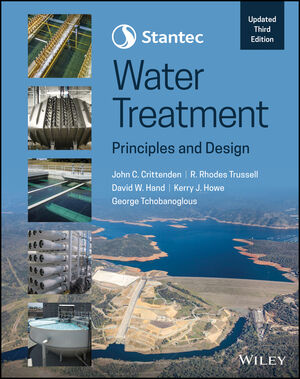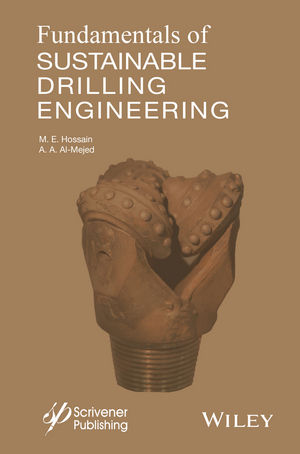More than half of the rainwater that falls on a typical city block, one with 75 percent or more impervious cover - such as roads or parking lots - will leave as runoff, according to the Environmental Protection Agency. This runoff includes metals, oils, fertilizers and other particulate matter, the Connecticut researchers note. Easy-to-construct rain gardens - shallow depressions in the earth landscaped with hardy shrubs and plants such as chokeberry or winterberry surrounded by bark mulch - offer a simple remedy to this problem, they say.
The gardens are designed to replicate the natural water cycle that existed before roads and other impervious surfaces were constructed, Dietz and Clausen say. As the water collects and soaks into the rain garden, it infiltrates into the ground rather than draining directly into sewers or waterways. The gardens work well year-round, they say.
In their two-year study of roof-water runoff, the researchers found that rain gardens significantly reduced concentrations of nitrates, ammonias, phosphorous and other pollutants reaching storm drains. In addition, design tweaks that allowed polluted rainwater to pool at the bottom of the gardens permitted bacteria in the soil to convert harmful nitrates into nitrogen gas, preventing them from entering the ground water.
Dietz and Clausen hope their results will encourage developers and homeowners to create these low-tech rainwater collectors. “Rain gardens are pleasing to look at, while they are performing an important function,” Dietz says.
For more information about designing and constructing rain gardens, visit http://clean-water.uwex.edu/pubs/raingarden/gardens.pdf.
Source: American Chemical Society




